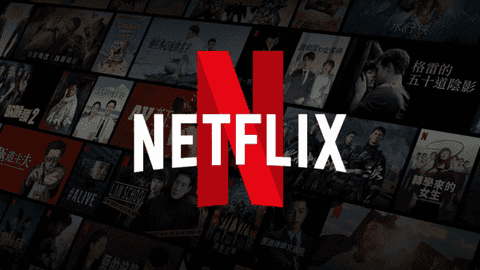Netflix and other video streaming services are struggling these days. Not only do they have to deal with users sharing their passwords, but they also have to work on new projects to keep their subscribers. They do their best and look for ways to figure it out. This means they spend more. Who should pay for this? You (we), of course. In order to cover its costs and benefits, Netflix had to raise prices in North America. On the other hand, it offers cheaper services in over 30 countries. We know you think that’s absurd. But the truth is that the company is “experimenting with the right balance of global revenue and subscriber growth as viewer habits change post-lockdown.”
Why Netflix Plays With Prices
It turns out that the video streaming service has cut prices by up to half in parts of the Middle East (Yemen, Jordan, Libya, and Iran), sub-Saharan Africa (Kenya), Europe (Croatia, Slovenia, and Bulgaria), Latin America (Nicaragua, Ecuador, and Venezuela) and Asia (Malaysia, Indonesia, Thailand, and the Philippines). Netflix also launched a cheaper ad-supported plan in 12 countries late last year.
What’s more, Netflix’s rivals, such as Disney+, Hulu, and Sling TV, have been raising prices. Earlier this year, co-CEO Greg Peters said on an earnings call that they wanted to see if it’s possible to raise prices in some areas. This should help the company fund new content investments. “We think of ourselves as a non-substitutable commodity,” Peters said.
On the one hand, a price increase will slow down the addition of new subscribers. On the other hand, video streaming services won’t survive without new content.
Not long ago, Netflix introduced a new fee for users who share their login details. It was a pilot program in Latin America. Now it is working in other markets, such as Canada, New Zealand, Portugal, and Spain. For example, it costs $8 in Canada and New Zealand, €4 in Portugal, and €6 in Spain. It will soon be available in the USA.
